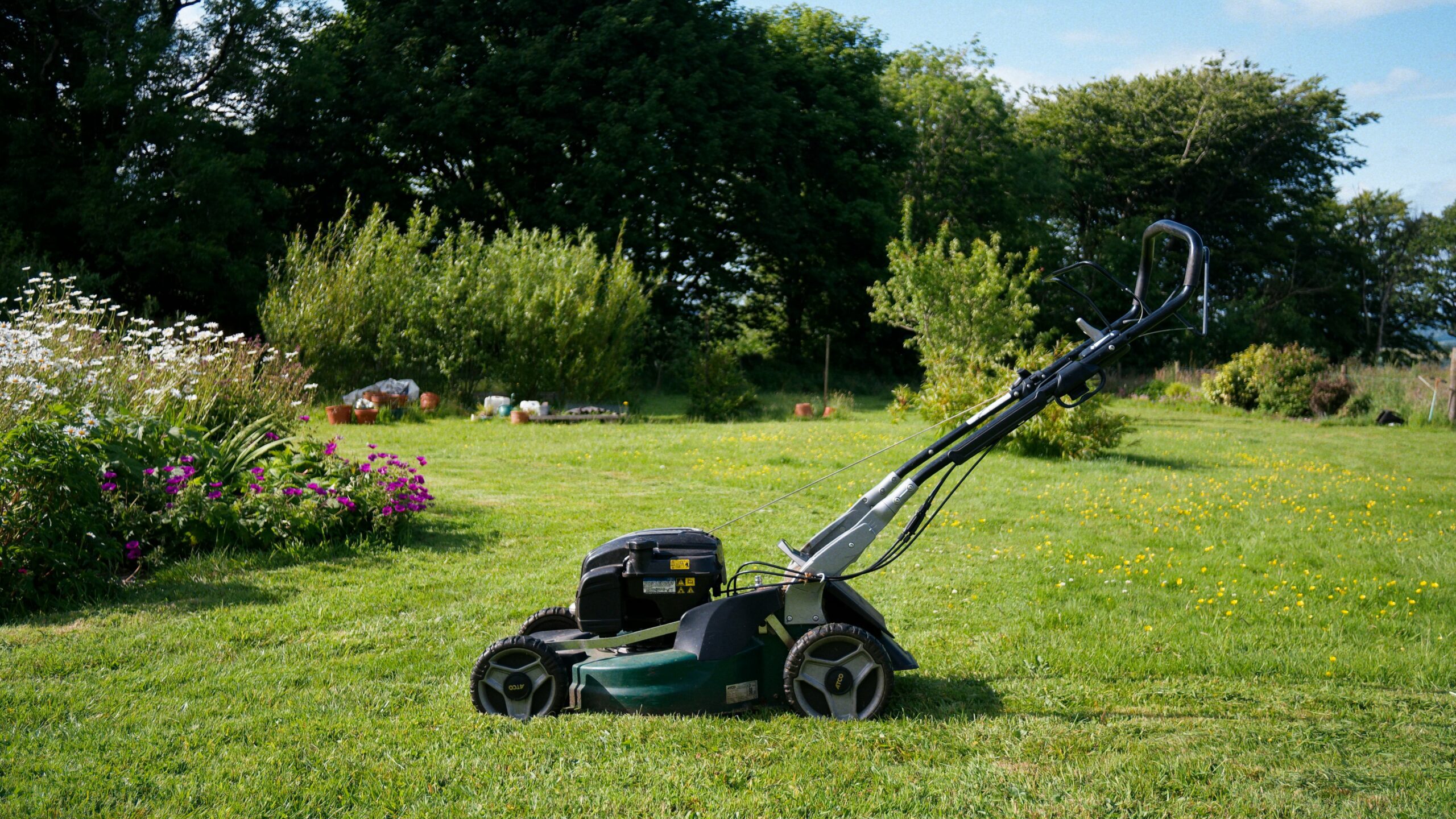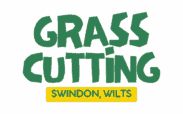Last updated 07 August 2025
A lush, well-maintained lawn does far more than boost your kerb appeal—it’s a living ecosystem that supports biodiversity, improves soil health, and manages rainwater runoff. In Swindon’s clay-rich soils, a healthy turf helps break up compaction, reducing surface flooding during heavy showers. Regular mowing promotes denser grass growth, which naturally chokes out weeds, moss and pests. Whether you’re creating a safe play area, enhancing property value, or simply enjoying a vibrant outdoor space, consistent lawn care is the foundation of responsible gardening.

Professional Lawn Care
Grass Cutting Tips for a Healthier Garden
Swindon’s variable spring and summer weather demands a smart mowing strategy—not just frequent cuts.
- Spring & Early Summer (April–June)
- Frequency: Once a week during growth spurts.
- Height: Maintain 3–4 cm to strengthen roots; raise your mower blade after a heavy rain.
- Technique: Alternate cutting patterns (north–south one week, east–west the next) to prevent wheel ruts and soil compaction.
- Mid-Summer & Early Autumn (July–September)
- Frequency: Every 10–14 days as growth slows.
- Sharp Blades: Dull blades tear grass, inviting disease. Sharpen or replace blades at least twice per season.
- Winter & Late Autumn (October–February)
- Frequency: Only mow if the grass is dry and above 5 °C—avoid frosty mornings.
- Height: Keep slightly higher (around 4 cm) to insulate crowns against cold temperatures.
Pro Tip: Never mow immediately after heavy rain—wet soil compacts under the mower, damaging turf structure.
Want to go deeper? The RHS Lawn Care Calendar offers trusted month-by-month advice on fertilising, aerating, and seasonal mowing routines.
Common Lawn Problems in Swindon & How We Fix Them
Swindon lawns face unique challenges: heavy clay soil, sudden downpours, and shaded northern gardens. Here’s how to recognise and remedy the most frequent issues:
| Problem | Cause | Solution |
|---|---|---|
| Moss & Thatch | Poor drainage, low mowing, shade areas | Scarify in autumn; overseed with shade-tolerant mixes; install drainage channels. |
| Dry Patches & Scorching | Summer drought, compacted soil, pet urine | Aerate spring & autumn; repair patches with topsoil & seed; install localised sprinkler. |
| Weeds & Clover | Nutrient-poor soil, infrequent mowing | Apply selective herbicide; fertilise with high-nitrogen feed; mow frequently. |
| Pests (chafer grubs) | Larvae feeding on roots, bird damage | Professional grub-control treatment; repair damage with turf plugs. |
Did you know? A simple 1 cm core-aeration in autumn can increase oxygen flow by 20% and dramatically reduce moss.
Why Hedge Cutting Matters
A neatly trimmed hedge isn’t just an aesthetic boundary—it’s vital habitat for nesting birds, pollinating insects, and small mammals. Proper trimming:
- Complies with Wildlife Law: Respects bird-nesting windows and avoids nesting disturbance.
- Encourages Dense Growth: Cuts lower branches first to allow light penetration.
- Prevents Disease & Structural Failure: Removes dead wood and maintains wind resistance.
Hedge Trimming Advice & Nesting-Season Rules
Timing and technique are crucial to protect both your hedge’s health and local wildlife:
- Formal Hedges (Box, Privet): Light trims 2–3 times between May and September.
- Evergreens (Leylandii, Laurel): Shape in early June; final cut late August.
- Flowering Hedges (Hawthorn, Pyracantha): Prune immediately after flowering finishes to preserve blooms.
Legal Reminder: Under the Wildlife and Countryside Act 1981, hedge cutting between March and August must be preceded by a nesting check. Always inspect for active nests, or schedule your trim for late August to avoid legal penalties and protect wildlife.
✂️ For best results: trim early morning or late afternoon, and shape the hedge slightly narrower at the top to allow even light exposure.
Legal Guidelines for Hedge Cutting in the UK
The Wildlife and Countryside Act 1981 makes it an offence to damage or destroy active bird nests. Here’s how we ensure compliance:
- Pre-Trim Inspection: Trained operatives survey for nests and calluses.
- Timing: Major shape-ups scheduled late August; summer maintenance only on clear, nest-free hedges.
- Documentation: We log all inspections and trimming dates—transparent records in case of queries.
- Learn more: RSPB Nesting Guidance
- Read the full legislation here: Wildlife and Countryside Act 1981 – Section 1
Why Choose Grass Cutting Swindon?
- Local Expertise: Swindon-based, serving SN1–SN6 plus Highworth, Wroughton, Chiseldon & Royal Wootton Bassett.
- Qualified Professionals: City & Guilds-trained gardeners using pro-grade equipment.
- Eco-Friendly Practices: Responsible blade sharpening, organic feeds, and water-conscious mowing.
- Guaranteed Satisfaction: Flexible maintenance plans, one-off cleans, and transparent pricing from £45 per service.
Need help taming your hedges or just want it done right? Contact us for a fast, friendly quote.
Frequently Asked Questions
Got a question about our grass cutting services in Swindon? We’ve answered some of the most common queries below to help you get the information you need quickly. If you don’t see your question here, feel free to get in touch — we’re always happy to help.
When do you start cutting grass in Swindon?
How much does a typical lawn cut cost?
Can I set up a regular schedule?
Do you remove the grass cuttings?
Do you provide lawn care for commercial properties in Swindon?
Standards & Compliance Frequently Asked Questions
When do you start cutting grass in Swindon?
We usually begin light cuts in late February, weather permitting, to encourage early growth and prepare lawns for the spring growing season.
How much does a typical lawn cut cost?
Prices start from £45 for small gardens. Larger or overgrown areas are quoted on site after assessing access, layout, and the amount of growth.
Can I set up a regular schedule?
Yes—choose from weekly, fortnightly, or monthly plans. Skip weeks are fine during dry spells or slower growth periods; just let us know.
Do you remove the grass cuttings?
Yes. We can dispose of cuttings for a small fee, or use your green waste bin at no extra cost if available at the property.
Do you provide lawn care for commercial properties in Swindon?
Absolutely. We maintain retail parks, schools, business parks, and industrial estates across Swindon (SN1–SN6), offering scheduled mowing, strimming, and weed control.
Which lawn-mowing standards do you follow?
We follow Royal Horticultural Society guidance: start mowing lightly once daytime temps exceed 7 °C, then maintain weekly or fortnightly cuts March–October. See RHS mowing calendar.
How short do you cut the grass?
We follow the “one-third rule”—no more than a third of the grass blade per cut. Spring/autumn height: ≈ 4 cm; summer: ≈ 2.5 cm. More tips: monthly lawn guide.
How is garden waste disposed of?
All green waste leaves site under our registered Waste Carriers Licence (CBDL588344). It’s composted or recycled per DEFRA’s Simpler Recycling rules.
Can I burn garden waste instead?
Not advised. DEFRA warns against bonfires that create smoke or nuisance. You could face fines. See garden bonfire rules for full guidance.
